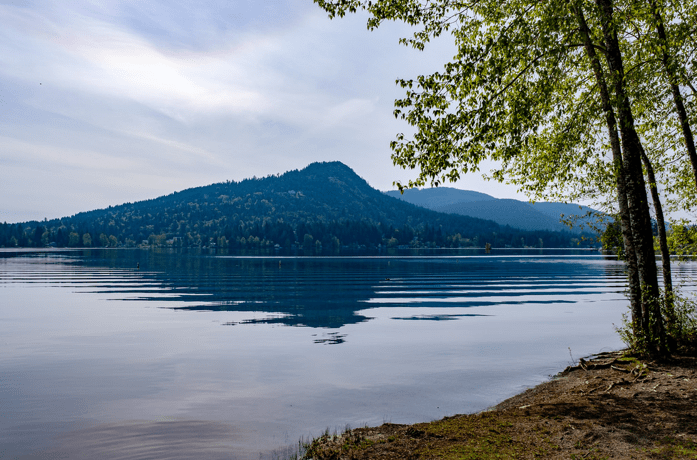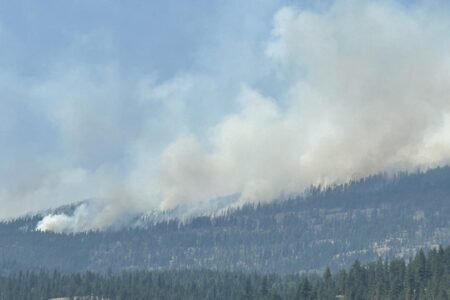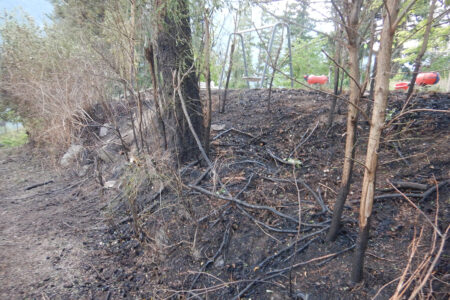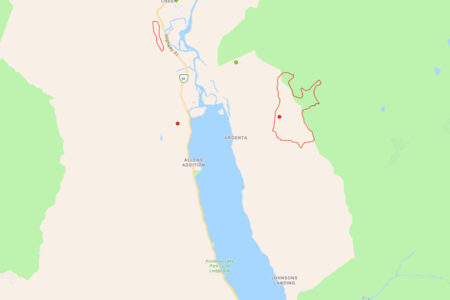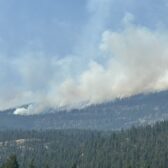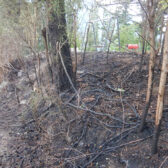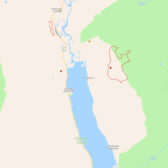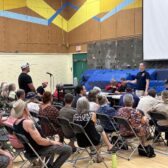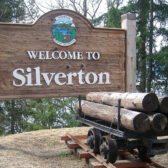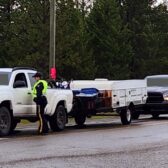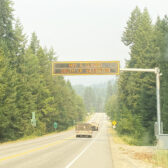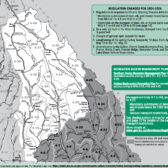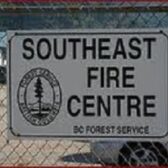Negotiations begin on Columbia River Treaty; Nelson community gathering planned
The issue of water and the rights to it will stream through Nelson this month.
The historic international show known as the Columbia River Treaty negotiations has been 50 years in the making, and now the two countries involved in the first document are meeting again to seal another deal.
Towards that end, there are another series of community gatherings planned across the region, including a Nelson date on June 15. This is the final set of meetings while the negotiations wind down, said Nelson Mayor Deb Kozak.
Kozak has chaired the local governments committee (LGC) for the treaty negotiations since 2011 and represented the region provincially, nationally and internationally, recently attending the Lake Roosevelt conference in Spokane for a panel discussion on the treaty.
For over 50 years, the Columbia River Treaty has been an example of how two nations could cooperate and benefit from a treaty, and it needs to continue, she said.
“The creation of three treaty dams in the province of B.C. has provided flood control and hydro power to both nations,” Kozak said.
“Fifty plus years later, the issue of water is an international one as we consider other values for the future.”
Canada and the United States launched negotiations May 29 to discuss the future of the Columbia River Treaty — a model for Canada-U.S. co-operation in the Pacific Northwest.
Kozak said local Kootenay governments have consulted with communities across the Basin in preparation for this, and put forward the region’s recommendations for improvements to the treaty.
Those recommendations include: recognition of water as a resource and consideration of ecological values; no further impacts to the Basin; a fair share of benefits; and a return of salmon where feasible.
The Columbia River Treaty is a trans-boundary, water-management agreement between the United States and Canada, ratified in 1964. The treaty comprises flood management and power generation, requiring coordinated operations of reservoirs and water flows for the Columbia River and Kootenay River, on both sides of the border.
In March 2014, following some First Nations consultation and community engagement, and after conducting a number of technical studies, the government of British Columbia announced its decision to continue the treaty, and to seek improvements within the existing framework.
Hammering out another equitable deal is imperative, said Kozak.
“Reservoir fluctuations have the most immediate impact on communities like Nakusp and Valemount who are most directly affected by the dramatic changes in water levels,” she said.
“However, all communities in the (Columbia) Basin have been impacted by the dams as we lost resources, agricultural opportunities, transportation routes and communities to the floods. These losses impact the basin to this day.
“A renewal of the treaty could provide benefits to all communities as we consider ecological function moving forward.”
The fundamental principle of the Columbia River Treaty must continue to be maximizing benefits for Canada and the U.S., and sharing them equitably, said Katrine Conroy, minister responsible for the Columbia River Treaty, in a statement.
“We want to continue our engagement with Columbia Basin First Nations in B.C., and ensure that local communities are kept informed, as negotiations progress.”
The LGC is doing another round of community meetings with the province this month. Nelson’s community meeting is June 15 at the Rod and Gun Club, 6-9 p.m.
Another committee meeting will take place in Castlegar June 14 at the Community Complex, and June 11 in Meadow Creek at the Lardeau Valley Community Club.
For more information, go to engage.gov.bc.ca/columbiarivertreaty.



